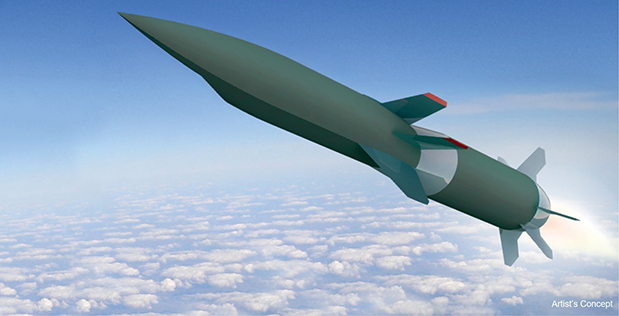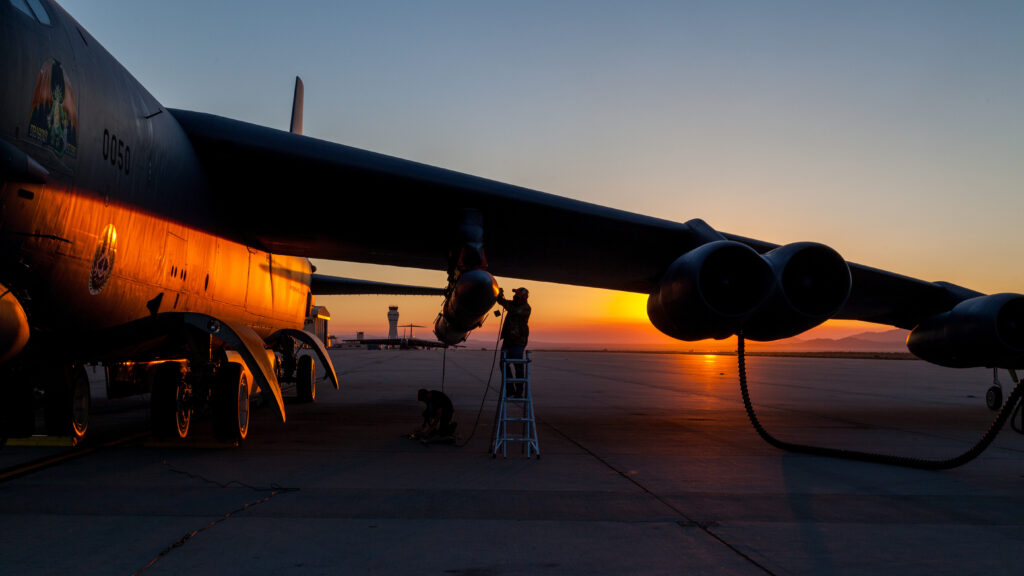Left over SRAMs Is or IIs?
Heh! Funny however the SRAM rocket-motor is too small
Left over SRAMs Is or IIs?
Anything in ATKs/NGs SRM catalogue?Heh! Funny however the SRAM rocket-motor is too small.
Anything in ATKs/NGs SRM catalogue?
Weren't the issues primarily related to the boosters?

 www.defensedaily.com
www.defensedaily.com
IMOHO this is for stability at hypersonic speed.The obvious answers are to provide volume for something (control actuators?) or to improve stability.
No, they were very slow burning boosters and much smaller.Left over SRAMs Is or IIs?
No, they were very slow burning boosters and much smaller.
Ultimately it doesn't matter particularly what the failures were
Relative to your criticisms of Lockheed's ability to engineer a hypersonic vehicle, I would think the point of failure would matter if it wasn't the hypersonic vehicle that caused the test failure. ARRW isn't the only hypersonic program that's experienced setbacks due to the unreliability of the booster stack.

The U.S. Air Force has confirmed that it executed its last scheduled end-to-end trial launch of a live AGM-183A Air-Launched Rapid Response Weapon (ARRW) hypersonic missile earlier this week. The missile was launched from a B-52H bomber operating from the strategically significant U.S. Pacific island territory of Guam.Viewers may note that a few days ago images of the weapon in Guam appeared on the Internet and there was widespread speculation about an impending test.
This development comes amidst uncertainty surrounding the future of ARRW, with indications suggesting the possibility of a subsequent program that might already be underway.
In this video, Defense Updates analyzes why US military test firing ARRW from Guam is a big message for China?
Chapters:
00:11 INTRODUCTION
01:53 US AIR FORCE STATEMENT
02:56 AGM-183A ARRW
05:25 GUAM
06:30 ANALYSIS
